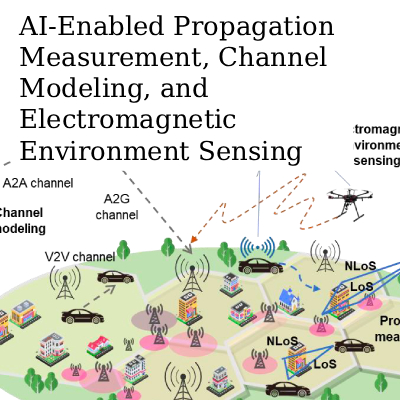Download Call for Papers (PDF)
Submission Deadline: 31 January 2021
 Aims & Scope: The study of the electromagnetic scattering is of particular relevance in the frame of several applied disciplines ranging from radar detection to everyday life critical situations, to geophysical or archaeological research, civil engineering, biological imaging, and so on. The deepening of the methods of analysis, both for direct methods, especially in complex environments, and for inverse methods, is of crucial importance in order to have the possibility of a correct interpretation of the sensor data, whenever not only a single object constitutes the target to be revealed, but a rather complicated geometry to be imaged is involved. For instance, one of the most challenging problems is the mapping of targets in several hazardous or emergency situations. The propagation environment may result very heterogeneous, such as in case of rescue from collapsed or destroyed buildings because of an earthquake, or complex in presence of multiple wall and multiple scatterers as in Through-Wall (TWI) or Ground-Penetrating Radar (GPR) Imaging, or in future communication and/or present innovative systems (like 5G).
Aims & Scope: The study of the electromagnetic scattering is of particular relevance in the frame of several applied disciplines ranging from radar detection to everyday life critical situations, to geophysical or archaeological research, civil engineering, biological imaging, and so on. The deepening of the methods of analysis, both for direct methods, especially in complex environments, and for inverse methods, is of crucial importance in order to have the possibility of a correct interpretation of the sensor data, whenever not only a single object constitutes the target to be revealed, but a rather complicated geometry to be imaged is involved. For instance, one of the most challenging problems is the mapping of targets in several hazardous or emergency situations. The propagation environment may result very heterogeneous, such as in case of rescue from collapsed or destroyed buildings because of an earthquake, or complex in presence of multiple wall and multiple scatterers as in Through-Wall (TWI) or Ground-Penetrating Radar (GPR) Imaging, or in future communication and/or present innovative systems (like 5G).
Beyond simple target detection, imaging of the scene, even in real time, is required for effective monitoring and the development of accurate and robust methods becomes a challenging and very difficult problem, as for instance to identify concealed targets.
Advanced electromagnetic modelling, especially on topics such as propagation in complex media, electromagnetic scattering, numerical methods, antenna design and testing is to be enhanced in order to try to reach effective results in the frame of situations depicted above. Moreover, innovative methods, combining both adequate electromagnetic modelling and mathematical techniques, are required for the solution of inverse scattering problems.
Therefore, potential advancement in the use of several techniques ranging from direct to inverse scattering, to communication and information based, and preliminary results about ‘ad hoc’ methods and models are welcome from a large part of the Antennas and Propagation community, focusing mainly on the involved methodologies, with the needed numerical and experimental support.
Potential topics include but are not limited to the following:
- Antennas modelling and measurements for scattering problems
- Big data analytics for imaging
- Direct methods for scattering in free space and complex environments
- Electromagnetic aspects of MIMO communications
- Inverse problems in electromagnetic wave scattering and radiation
- Microwave tomography and radar imaging
- Near zone sensing
Keywords:
- Biomedical electromagnetic imaging
- Electromagnetic scattering
- Electromagnetic scattering inverse problems
- Microwave and millimeter wave imaging
- Radar scattering
Lead Guest Editor
Giuseppe Schettini
Università Roma Tre, Italy
Guest Editors
Giovanni Leone
Università della Campania L. Vanvitelli, Italy
William Lionheart
University of Manchester, United Kingdom
Qing Liu
Duke University. USA
Matteo Pastorino
Università di Genova, Italy














